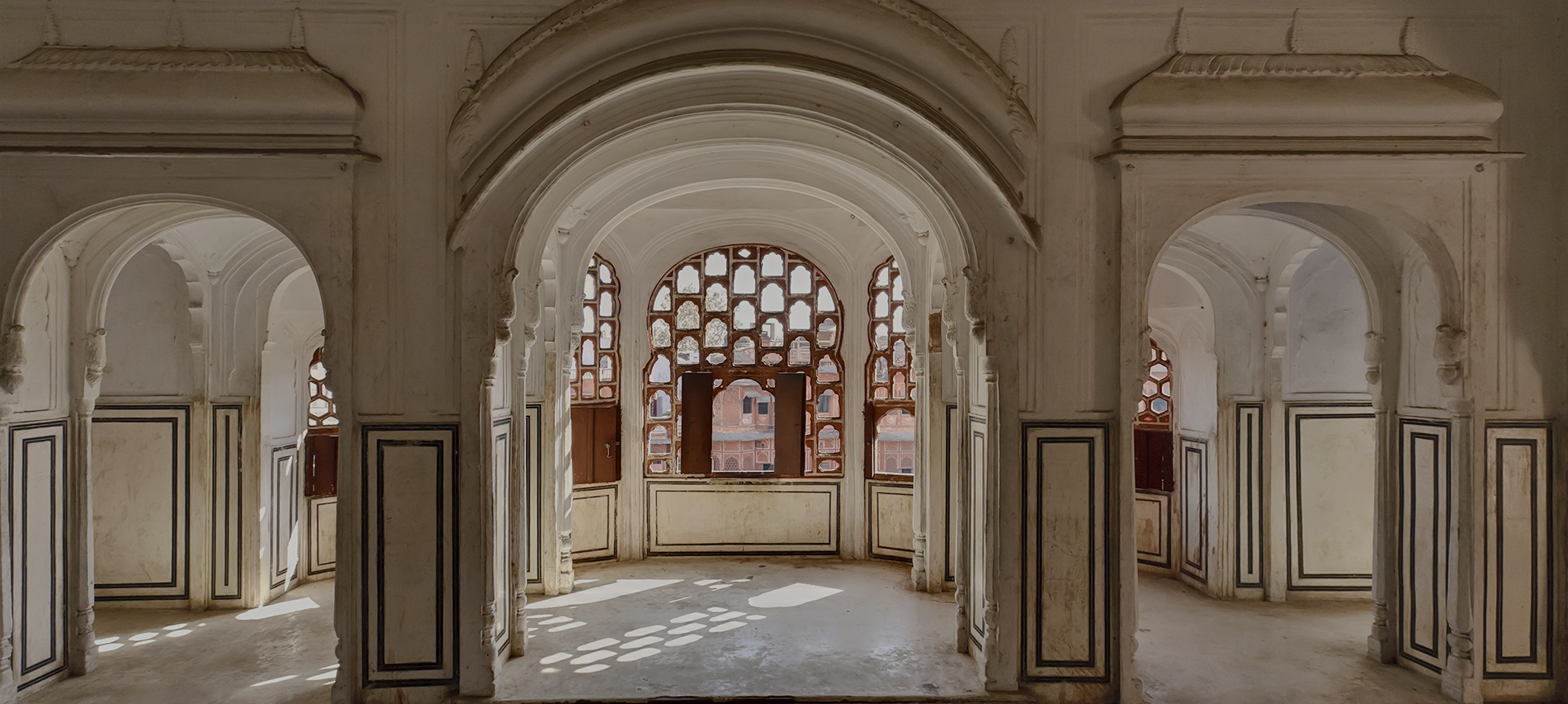Stories of Maharaja Ranjit Singh’s heroics continue to mesmerize generations, even after 178 years of his death.
Khushwant Singh in his two books The Fall of the Kingdom of Punjab and Ranjit Singh: Maharaja of the Punjab draws a fascinating portrait of one of the most powerful ruler of India, the brilliance of his kingdom, and the unfortunate downfall of the Kohinoor that was Punjab.
Here are six instances which capture the rise and fall of the kingdom of Punjab.
After his accession in 1801, Maharajah Ranjit Singh invited talented Muslims and Hindus to join his service and paid assiduous respect to their religious institutions by participating in their festivities.

Besides its riches, Amritsar had sanctity in the eyes of the Sikhs. It was founded by the fourth Guru, Ram Das, and it was here that the fifth Guru, Arjun, had compiled their scripture, the ‘Adi Granth’, and built the temple in the centre of the sacred pool.

Ranjit Singh built his kingdom like a fortress that could not ever be breached.

The English made no secret of their intentions to annex Punjab. Even in his old age, Ranjit Singh tried with all his might to foil the English’s plans.

Ranjit Singh’s choice of successor, Kharak Singh was the least suited of the brothers, having inherited nothing from his illustrious father except his plain looks and bad habits—particularly the love for laudanum and hard liquor.

After the accession of Punjab by the British empire and the subsequent surrender, a veteran soldier remarked ‘Aj Ranjit Singh mar gaya (Today Ranjit Singh has died).’

For more amazing facts of the remarkable Maharajah Ranjit Singh and his empire, read Khushwant Singh’s The Fall of the Kingdom of Punjab and Ranjit Singh: Maharaja of the Punjab.
Tag: monarchy
Raj, an Extravagant Saga about the Maharani of Balmer, Jaya Singh
The land of Jaya’s birth lay beyond the desert known as the Abode of Death.
Even that year, three years before the start of a new century, the small tribe of bards making its way to the kingdom of Balmer saw many auguries of death. Water holes and village wells were dry. The artificial lakes which watered the great desert kingdoms of Jodhpur, Bikaner, Jaisalmer were covered with green slime, their levels sunk so low the foundations of water palaces stood revealed, ringed by brown-scaled crocodiles dozing in shallow water.
There was little food to spare for the storytellers as they converged on village squares at nightfall to tell their tales for a place to rest, and yet they became a caravan. Throughout Rajputana it was known the Maharajah of Balmer awaited the birth of his first child. Families in search of a season’s work, other storytellers and tinkers and acrobats, called to the bards, ‘Do you go to Balmer for the birth?’ Learning it was so, they grabbed sleepy bullocks by their vermilion-painted horns and shouted ‘Hut! Hut!’ urging the animals onto the road.
Once a group of ash-covered sadhus lying naked in a broken pavilion built by a forgotten king waved their iron tridents and clambered into a crowded camel cart.
Sometimes the carts were pushed aside by the crested carriages of rajas who lived in the stone fortifications that outlined the treeless black hills. When the sun was at its height, the fortifications seemed to breathe, expanding and contracting in the haze as though the hills were massive, brooding lizards from the time of mythology and the motion of the stone battlements the sluggish shifting of their spines.
Sometimes the caravan attached itself to the procession of court ministers journeying to Balmer with secret messages from their maharajah to the ruler of Balmer, in defiance of the laws of Imperial Britain. Then an elephant led the way, flanked by cavalry units holding banners. When the processions moved on, a silver coin, embossed with a maharajah’s symbol on one side and the profile of the English Empress on the other, was gifted to each member of the caravan, even the children.
Scrub jungle gave way to sand dunes. At sunset, the sudden darkness brought a feverish chill to the empty landscape. The travellers willed their emaciated animals to reach the shelter of villages spaced farther and farther apart before the demon women who had died in childbirth came howling through the night in search of children to replace the stillborn infants they had never suckled.
Now the caravan was so large no village could contain it, and the travellers pitched their own camps.
While their children slept in the cloth cradles tied between the brass spokes of camel carts, the bards, the gypsy genealogists of royal India, talked through the night, exchanging news of the Rajput kingdoms.
‘Our rulers are preparing to travel to London for the Diamond Jubilee of the White Widow, the Empress Victoria.’
‘The retinues and gifts they must take to impress the British Empire will dangerously impoverish their treasuries.’
‘At least in London they can speak together. Here, Britain still fears conspiracy and will not allow the kings to meet except in the presence of Englishmen.’
‘But court astrologers are reminding their maharajahs that famine has come every twenty years since the rise of British power.’
‘And twenty years have passed since the last famine.’
The bards shook their heads, dismissing astrology for the reality they had witnessed on the road. They had seen the villagers praying for rain. The farmers knew already. Another famine had begun.
This is an excerpt from Gita Mehta’s Raj.

What Aurangzeb Loved: 6 Things that Moved His Heart
Aurangzeb was an enigmatic king. To quote Khafi Khan, the laudatory eighteenth-century historian of Aurangzeb’s reign, who, comparing Aurangzeb to the Persian ruler Jamshid said, “To attempt a summary of the major events of a fifty-year reign of an emperor the equal of Jamshid is to measure the ocean’s water with a pitcher.”
There were many layers to Aurangzeb, many things that inspired and moved his heart.
Here are six instances from Aurangzeb’s life that reveal his loves and passions!
He had a passion to carry the Mughal legacy forward and building a great career

He had a deep love for literature and poetry

Few know about Aurangzeb’s whirlwind romance

Leisure and music moved his heart

He had a passion for justice

And he loved mangoes!


Fascinated? Looking to read more about this Indian emperor who is often misunderstood? Get Audrey Truschke’s Aurangzeb: The Man and the Myth here!









